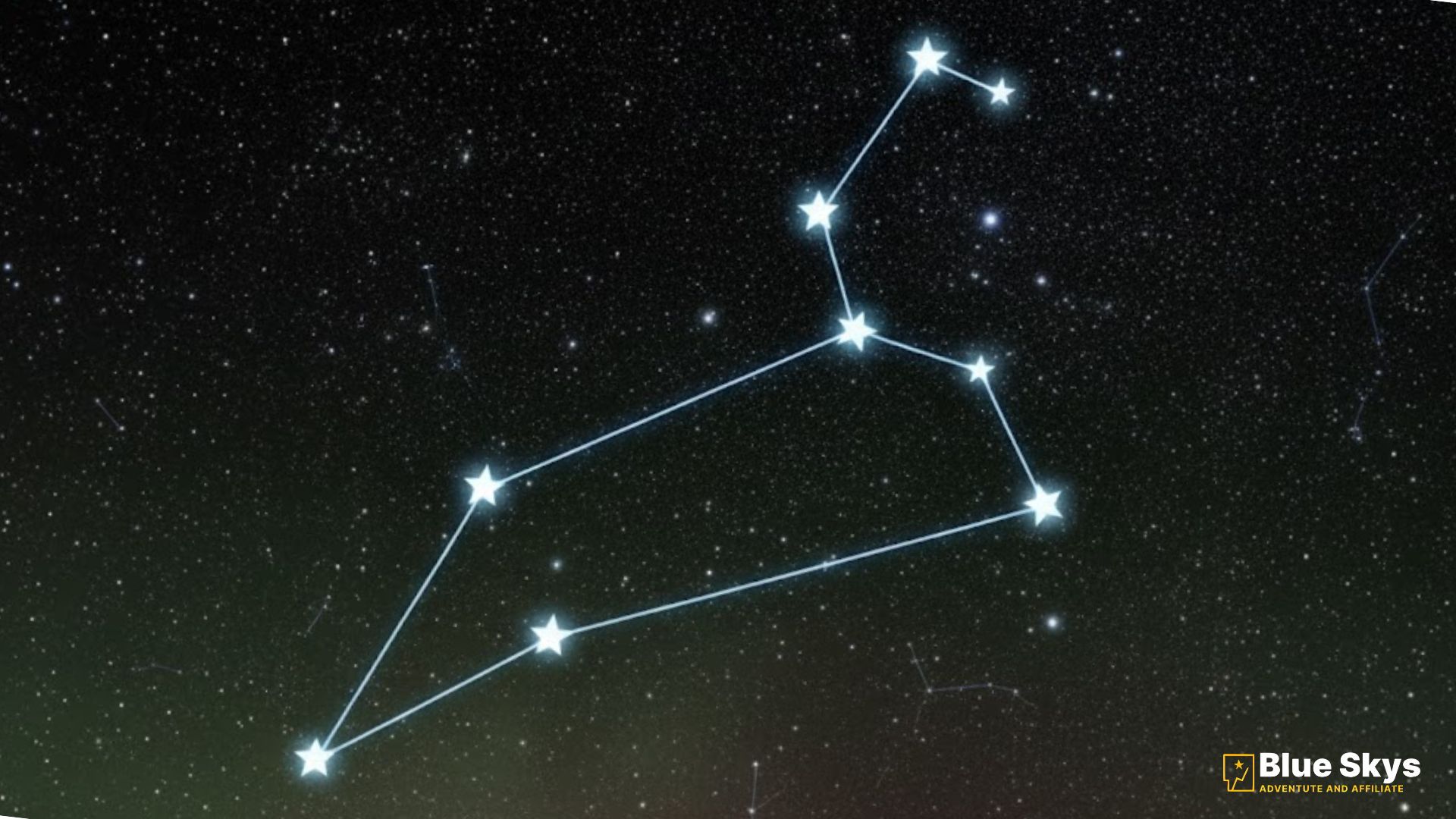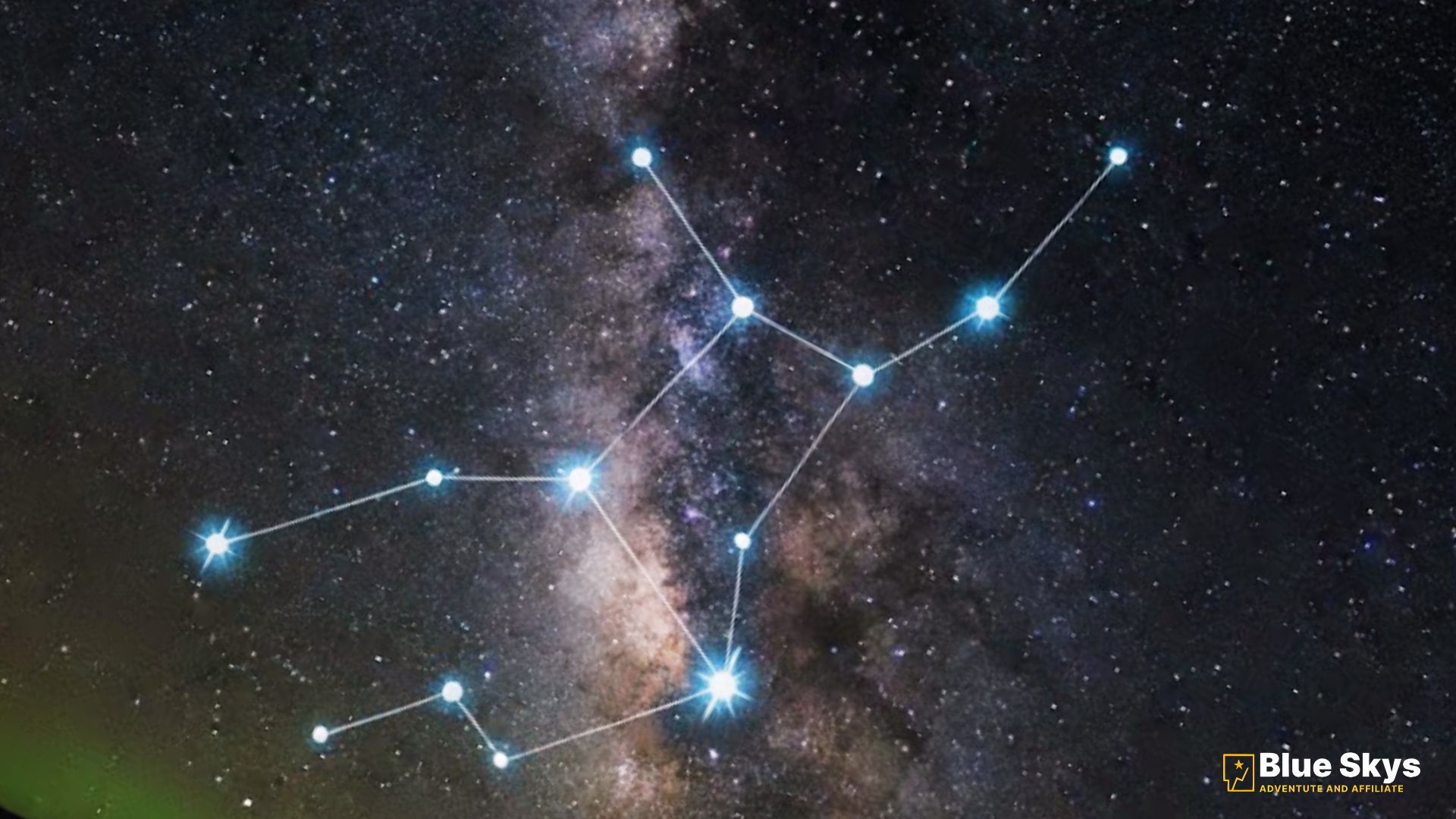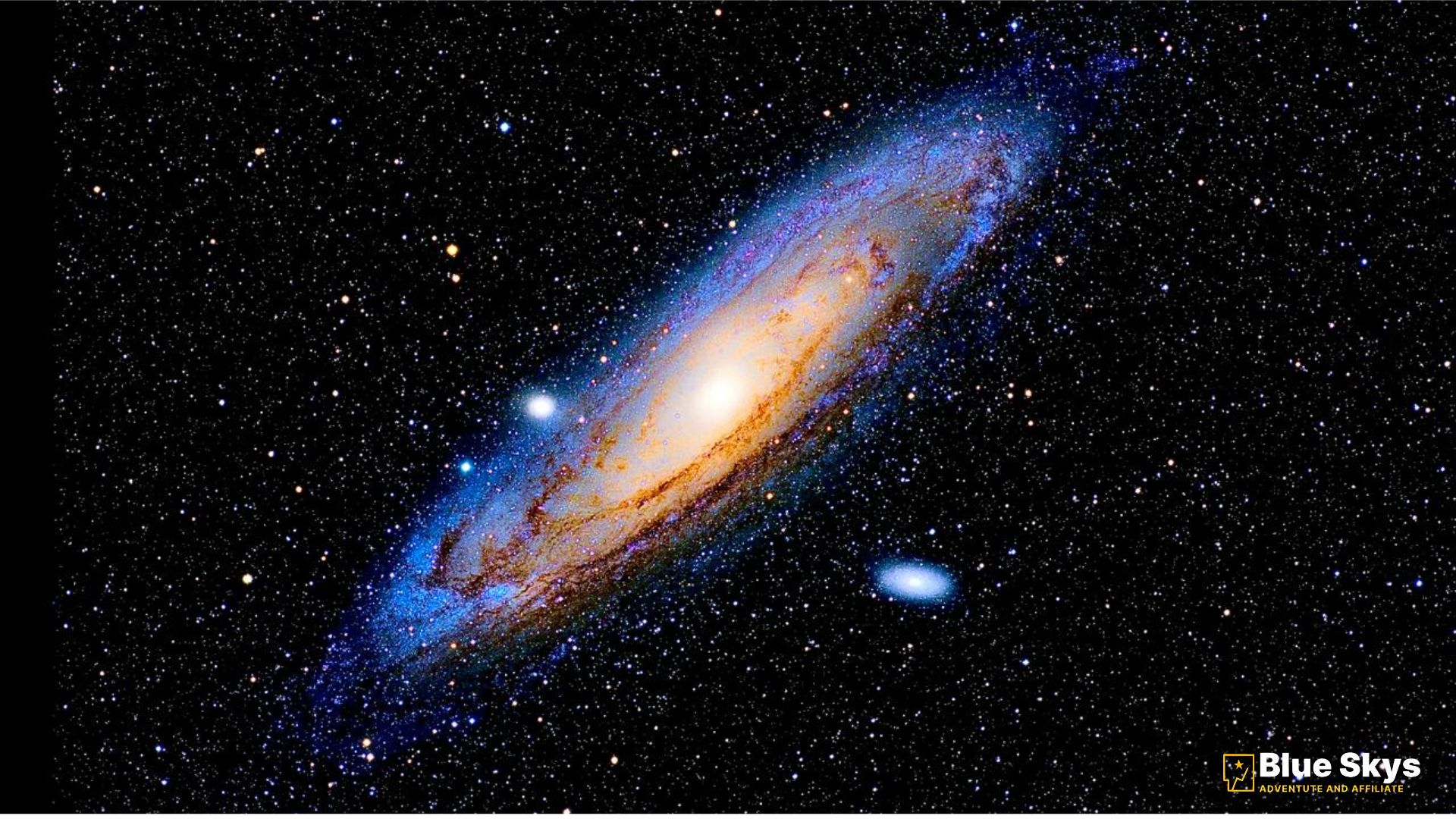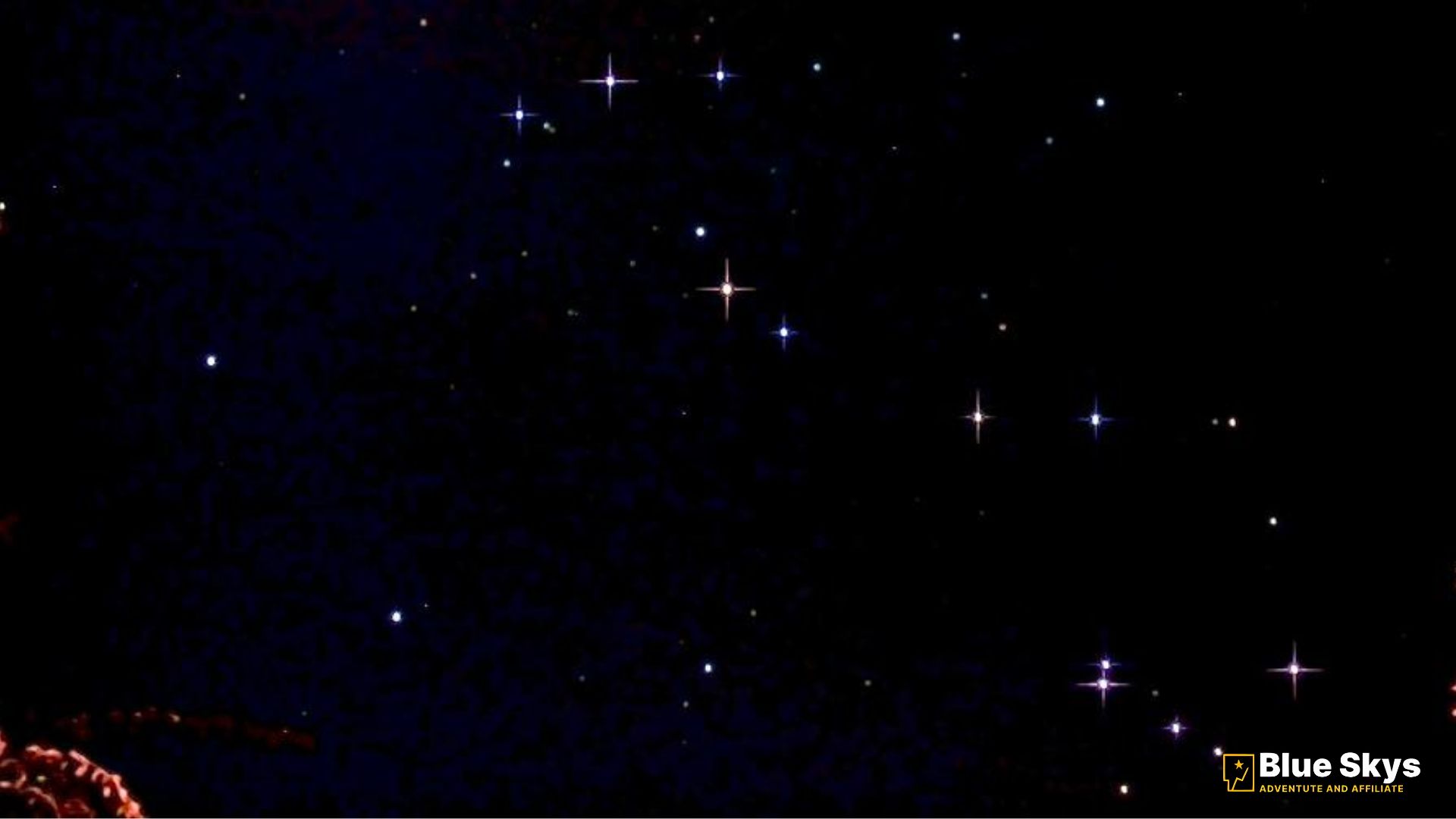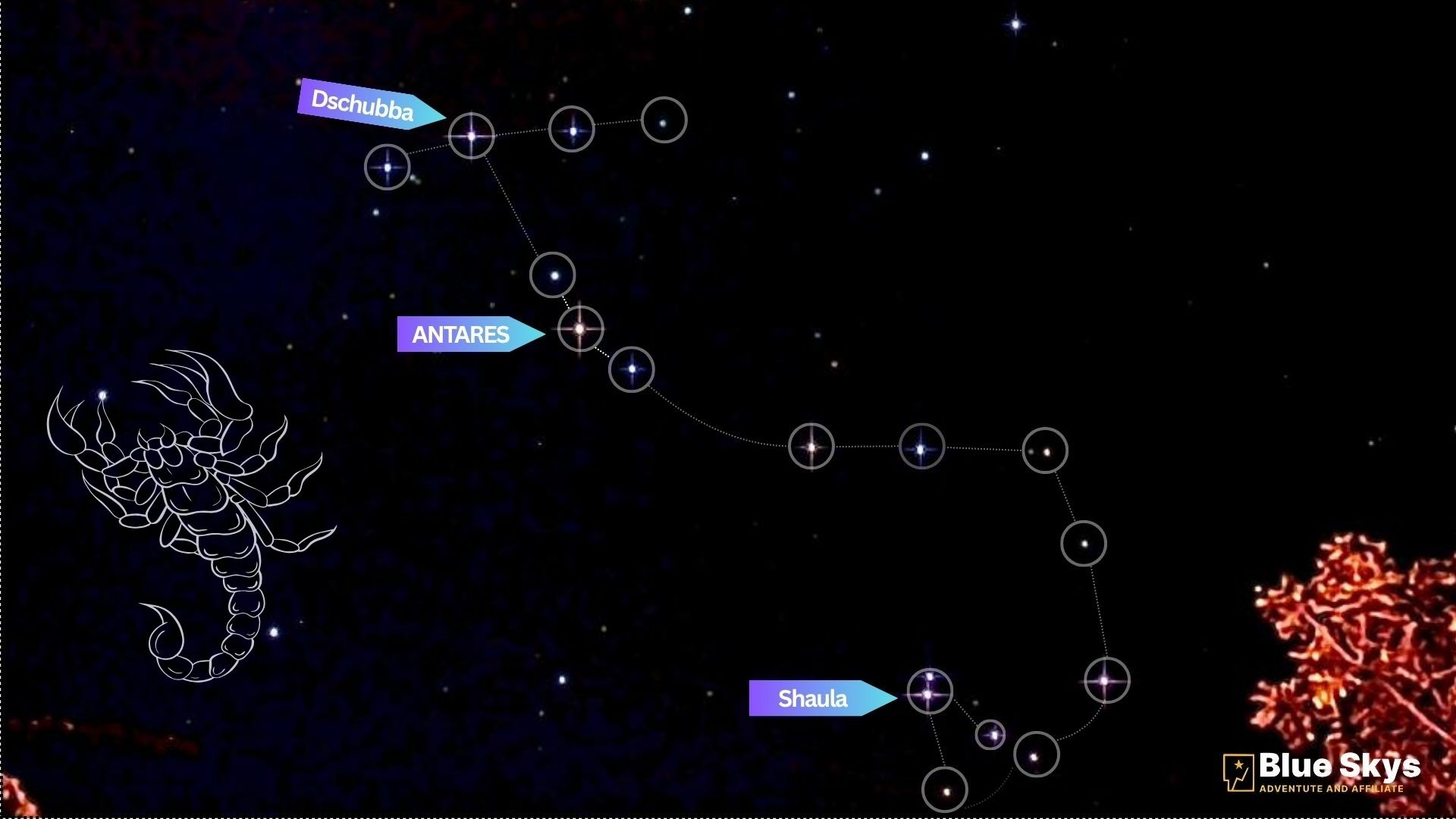The 2025 stargazing events offer a timeless escape, providing peace, wonder, and a deeper connection to the universe. Whether you’re an amateur astronomer or a curious skywatcher, this guide to the 2025 stargazing events will help you plan your celestial year, from dazzling meteor showers to rare eclipses and striking planetary alignments.

Why Stargazing is Worth It
Connecting with Nature Stargazing gives you the perfect excuse to disconnect and unwind. For example, watching a shooting star or the Moon’s shadow during an eclipse reminds us of nature’s grandeur and our place in the cosmos. It’s peaceful, quiet, and endlessly fascinating.
Learning About the Universe Moreover, every event—whether a meteor shower or eclipse—is a lesson in science and space. As a result, stargazing becomes both an adventure and an education. You’ll learn about constellations, planetary movements, light pollution, and the wonders of astrophysics in real time.
Key Celestial Events in 2025 & Beyond
The year 2025 features a stunning array of night sky shows, and to ensure you have the most up-to-date calendar, we’ve expanded the list to include additional meteor showers worth watching. These events offer prime opportunities for astrophotography, stargazing, and cosmic storytelling.
Meteor Showers to Watch
Meteor showers are easy to observe and perfect for beginners. Whether you’re chasing fireballs or counting streaks across the sky, these showers promise unforgettable nights.
- Draconids (October 8–9, 2025): Best viewed in the early evening, the Draconids radiate from the constellation Draco. Though typically modest with ~10 meteors per hour, they’re known for rare outbursts. This year could be special due to the parent comet’s recent perihelion.
- Orionids (October 21–22, 2025): Originating from Halley’s Comet, the Orionids are fast and often leave glowing trails. With a new moon during peak, expect dark skies and up to 20 meteors per hour in the pre-dawn hours.
- Taurids (November 5–12, 2025): Split into Southern and Northern streams, the Taurids are famous for slow-moving fireballs. Though rates are low (~5 per hour), their brilliance makes them a favorite among astrophotographers.
- Leonids (November 17–18, 2025): Known for their speed and historic meteor storms, the Leonids will peak under a waning crescent moon this year. Expect 10–15 meteors per hour, best viewed before dawn.
- Geminids (December 12–13, 2025): The most prolific shower of the year, the Geminids can produce up to 150 meteors per hour. With minimal moonlight interference, this will be a spectacular show for Northern Hemisphere observers.
Eclipses
Eclipses captivate viewers with their rarity and drama. While the Total Lunar Eclipse in May has passed, there are still events to look forward to.
- Total Lunar Eclipse (May 15–16, 2025): This event, which saw the Moon turn red as Earth’s shadow covered it, was a spectacular event for skywatchers across the globe.
- Annular Solar Eclipse (February 17, 2026): Known as the “ring of fire,” this occurs when the Moon covers the center of the Sun. Most importantly, always wear certified eclipse glasses when viewing.
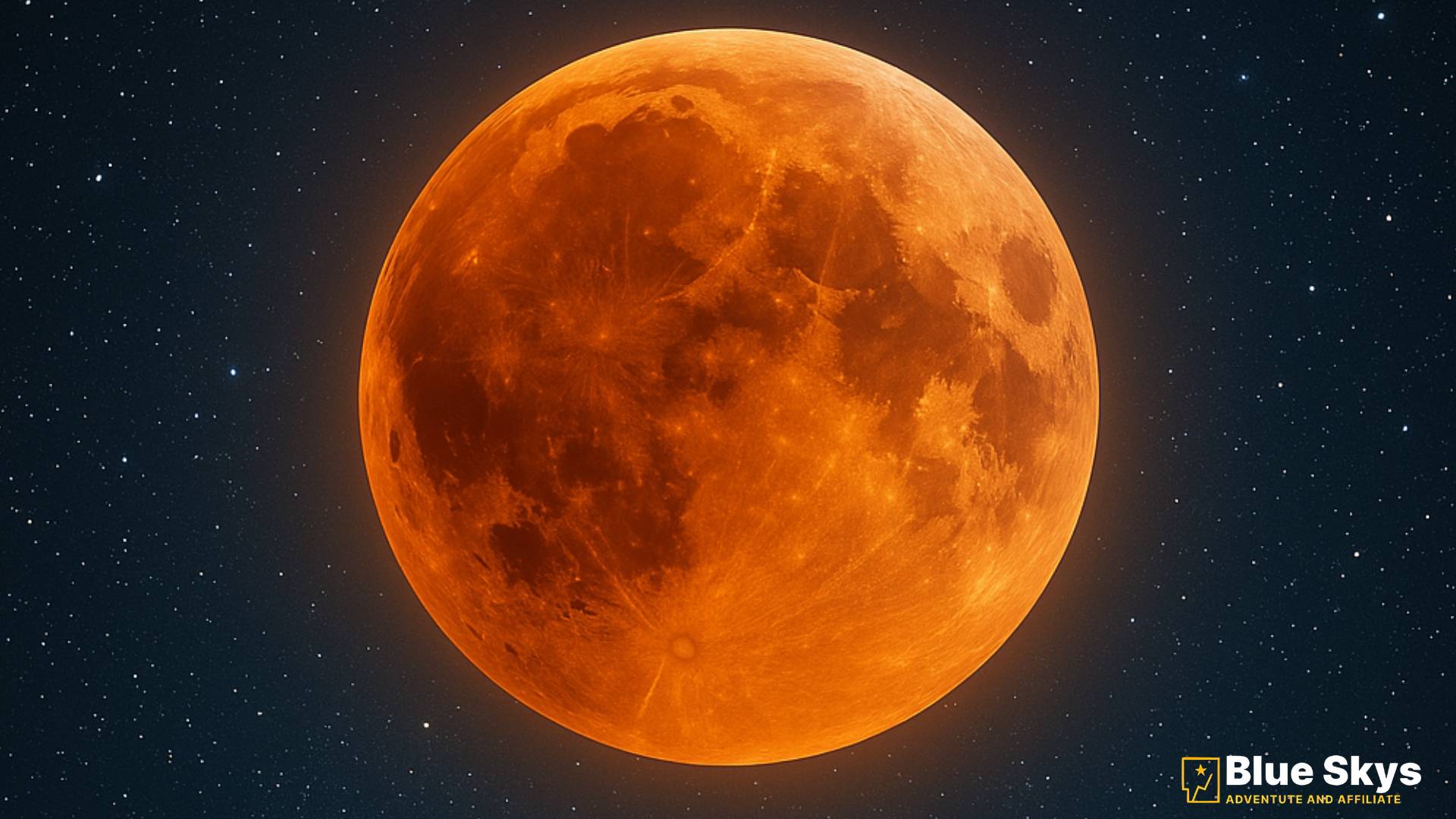
Planetary Events and Alignments
In addition to eclipses and meteors, the end of 2025 will include some incredible planetary views. Expect several planetary alignments throughout the year, where you’ll see Mars, Jupiter, Saturn, and Venus appearing close together in the night sky.
Special Comet Sightings
In 2025, skywatchers may be treated to several comets. Keep an eye on stargazing apps or observatory reports, as new comets can emerge without warning.
Top Spots in the US for the Best Night Sky Views
For optimal visibility during 2025 stargazing events, you want somewhere with minimal light pollution and clear skies. The United States boasts some of the most impressive dark-sky parks in the world, perfect for catching the Perseid meteor shower or capturing the cosmos through astrophotography.
- Dark Sky Parks:
- Death Valley National Park, California: Boasts some of the darkest skies in North America, making it an ideal destination for observing faint nebulae and distant galaxies.
- Big Bend National Park, Texas: Known for its incredibly dark and pristine night skies, it’s a premier spot for watching a meteor shower or simply marveling at the Milky Way.
- Kissimmee Prairie Preserve State Park, Florida: This designated dark sky park is perfect for viewing meteor showers and other astronomical wonders.
- Other Great Spots:
- North Maine Woods: Super remote with minimal light pollution, offering an unparalleled view of the heavens.
- Mesa Verde National Park, Colorado: Offers stunning views and plenty of archaeological interest too.
- Joshua Tree National Park, California: Another awesome spot in Cali for stargazing, with unique desert landscapes to frame your photos.
How to Prepare for Stargazing
To maximize your viewing experience and prepare for your astronomical adventure, keep these tips in mind.
Essential Equipment: You don’t need much to start. Binoculars or a beginner telescope can enhance the view, while apps like Stellarium or Sky Guide help locate celestial objects. Furthermore, a red flashlight helps preserve your night vision.
Timing Tips: Most events—especially meteor showers—are best viewed between midnight and dawn. As a rule of thumb, check online event calendars for exact times and moon phases.
Safety Tips: Most importantly, never look directly at the Sun without eclipse glasses. For night outings, dress warmly, bring a comfy chair, and pack some snacks to make your experience comfortable and safe. Keep an eye out for a rare glimpse of the aurora borealis if you’re in a northern location, as these lights can sometimes be seen during the same season as the Perseids.
Conclusion
In conclusion, the 2025 stargazing events offer a breathtaking lineup of celestial spectacles. Whether it’s catching a falling star or witnessing a rare eclipse, these moments allow us to reconnect with the cosmos. With the right planning, tools, and timing, your stargazing year will be full of awe, wonder, and unforgettable experiences under the stars.
